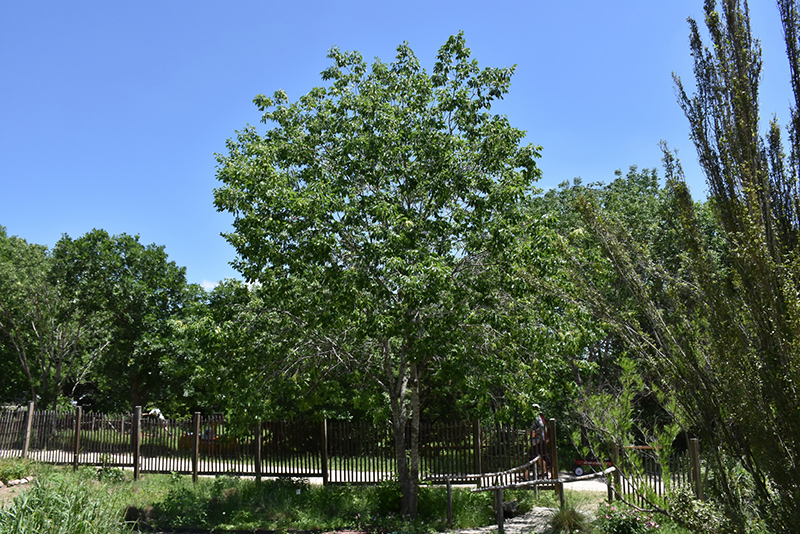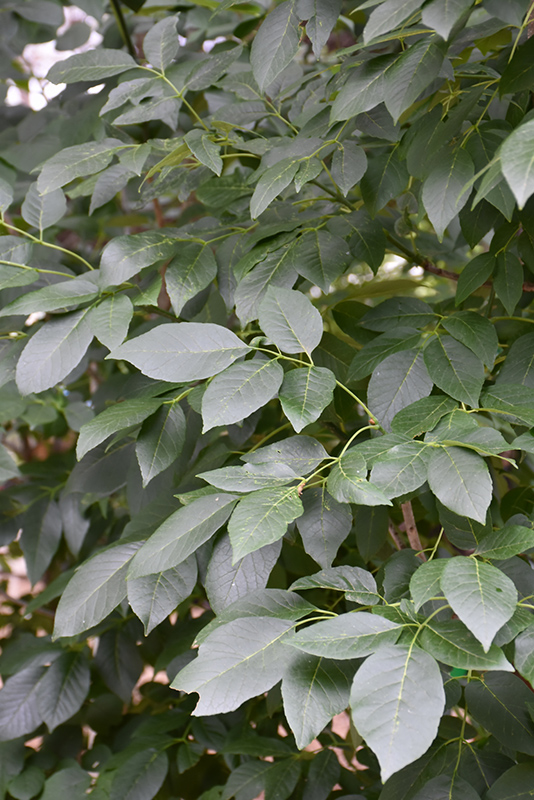>> Home
Height: 50 feet
Spread: 40 feet
Sunlight:
![]()
![]()
Hardiness Zone: 7
Other Names: Fraxinus albicans
Description:
A small shade tree, prized for its attractive, dense canopy; presents a unique blend of fall colors, ranging from red, gold, orange to purple, all on the same tree; low water requirements, and is well adapted to arid and hot environments
Ornamental Features
Texas Ash has dark green deciduous foliage on a tree with a round habit of growth. The compound leaves turn outstanding shades of red, gold and purple in the fall.
Landscape Attributes
Texas Ash is a multi-stemmed deciduous tree with a more or less rounded form. Its average texture blends into the landscape, but can be balanced by one or two finer or coarser trees or shrubs for an effective composition.
This tree will require occasional maintenance and upkeep, and should only be pruned in summer after the leaves have fully developed, as it may 'bleed' sap if pruned in late winter or early spring. Deer don't particularly care for this plant and will usually leave it alone in favor of tastier treats. Gardeners should be aware of the following characteristic(s) that may warrant special consideration;
- Insects
Texas Ash is recommended for the following landscape applications;
- Shade
Planting & Growing
Texas Ash will grow to be about 50 feet tall at maturity, with a spread of 40 feet. It has a high canopy with a typical clearance of 6 feet from the ground, and should not be planted underneath power lines. As it matures, the lower branches of this tree can be strategically removed to create a high enough canopy to support unobstructed human traffic underneath. It grows at a medium rate, and under ideal conditions can be expected to live for 80 years or more.
This tree does best in full sun to partial shade. It prefers to grow in average to dry locations, and dislikes excessive moisture. It may require supplemental watering during periods of drought or extended heat. It is not particular as to soil type or pH. It is highly tolerant of urban pollution and will even thrive in inner city environments. This species is native to parts of North America.

